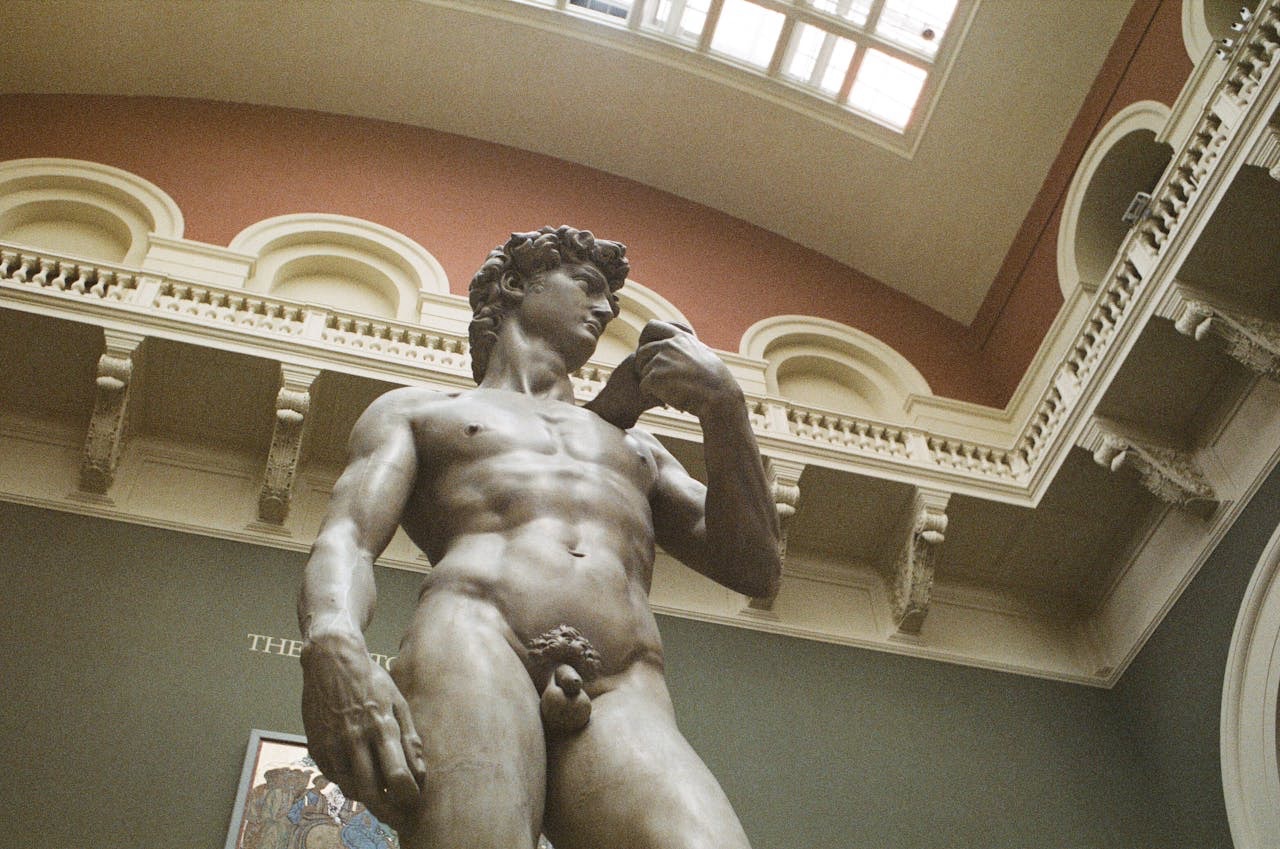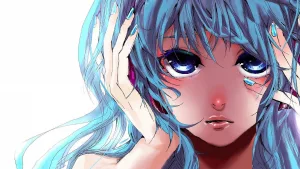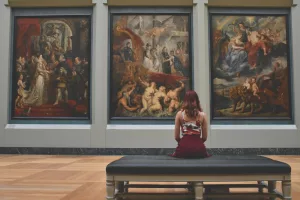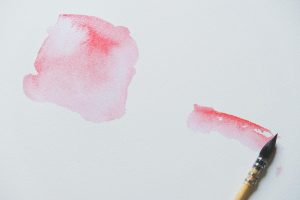The Renaissance period, spanning from the 14th to the 17th century, was a time of immense artistic innovation and expression. One of the defining characteristics of Renaissance art is its emphasis on realism and naturalism. Artists sought to depict the world around them with a newfound sense of accuracy and detail, using techniques such as perspective and chiaroscuro to create depth and dimension in their works.
Humanism and Idealism
Another key characteristic of Renaissance art is the incorporation of humanism and idealism. Artists drew inspiration from classical Greek and Roman ideals of beauty and proportion, portraying the human figure in a more lifelike and harmonious manner. This focus on the individual and the celebration of human potential marked a departure from the purely religious themes of the preceding Medieval period.
The Influence of Classical Antiquity
Renaissance artists revered the works of antiquity, using them as benchmarks for their own creations. They studied ancient sculptures and texts, seeking to revive the classical ideals of balance and proportion. For example, the Vitruvian Man by Leonardo da Vinci exemplifies this fascination with human anatomy and proportion, merging art and science in a harmonious depiction of the human form.
Portraiture and Individualism
The Renaissance saw the rise of portraiture as a significant genre, reflecting the growing emphasis on individualism. Artists like Raphael and Titian captured the essence of their subjects with remarkable precision, often conveying the personality and status of the sitter through meticulous attention to detail. This trend highlighted the Renaissance belief in the dignity and worth of the individual.
Emotional Expression and Dramatic Composition
Renaissance artists excelled in capturing emotion and drama in their works. Whether in religious scenes or mythological narratives, painters like Michelangelo and Caravaggio conveyed intense feelings and dynamic movement through their use of gesture, expression, and composition.
The Power of Gesture and Expression
Artists such as Michelangelo harnessed the power of body language to convey emotion. In the Sistine Chapel, the Creation of Adam illustrates not just a biblical moment, but a profound connection between God and man, captured through the near-touching hands of the two figures. This use of gesture draws the viewer into the scene, evoking a deep emotional response.
Dynamic Movement and Composition
Caravaggio’s use of dramatic lighting and compositional techniques brought a new level of realism and immediacy to his works. His painting “The Calling of St Matthew” is a masterclass in using light and shadow to direct the viewer’s attention and convey the gravity of the moment. This approach marked a shift towards more dynamic and engaging compositions that invited viewers to become part of the narrative.
Scientific Observation and Experimentation
Additionally, Renaissance art was characterized by a keen interest in scientific observation and experimentation. Artists studied anatomy, optics, and mathematics to better understand the natural world and improve their artistic techniques.
Mastery of Perspective
One of the most notable innovations of the Renaissance was the development of linear perspective. Pioneered by artists like Brunelleschi and later perfected by others, this technique allowed for the creation of three-dimensional space on a two-dimensional plane. Masaccio’s “The Holy Trinity” is an exemplar of this, with its convincing depth and architectural precision providing a window into a realistic space.
Anatomical Studies
Leonardo da Vinci’s extensive studies of the human body exemplify the Renaissance commitment to scientific inquiry. His detailed anatomical drawings were not merely artistic exercises but were informed by dissections and observations, contributing to both art and medical knowledge. This blending of science and art resulted in more anatomically accurate depictions of the human form.
Symbolism and Allegory
Symbolism and allegory were prevalent in Renaissance art, with artists layering their works with hidden meanings and references to classical mythology, biblical stories, and political allegiances.
Mythological References
Artists frequently incorporated mythological themes to communicate complex ideas. Botticelli’s “The Birth of Venus” is not just a depiction of a mythological event but an allegory of beauty and divine love. Such works invited viewers to explore deeper philosophical and intellectual themes beyond the immediate visual narrative.
Political and Religious Allegory
Renaissance art often served as a medium for political and religious commentary. For instance, Michelangelo’s “Last Judgment” in the Sistine Chapel can be seen as both a spiritual warning and a reflection of the tensions within the Catholic Church during the Reformation. By embedding allegory within their works, artists communicated layered messages that resonated with contemporary audiences.
The Role of Patrons
The flourishing of Renaissance art was in many ways supported by the patronage system. Wealthy individuals and institutions, such as the Medici family in Florence, played a crucial role in fostering artistic talent and innovation.
Patronage and Artistic Freedom
Patronage provided artists with the resources and freedom to pursue ambitious projects. The Medici, for example, commissioned works from artists like Michelangelo and Leonardo da Vinci, enabling them to experiment and push the boundaries of their craft. This symbiotic relationship between patrons and artists was instrumental in the development of Renaissance art.
Public and Private Commissions
While public commissions, such as church altarpieces and civic sculptures, were common, the Renaissance also saw an increase in private commissions. Portraits and decorative works for private homes allowed artists to explore more personal and varied themes, contributing to the rich diversity of Renaissance art.
Artistic Techniques and Innovations
The Renaissance was a period of significant technical advancement in art, driven by the desire for realism and expression.
Chiaroscuro and Sfumato
Artists like Leonardo da Vinci developed techniques such as chiaroscuro and sfumato to achieve greater realism and depth in their works. Chiaroscuro, the use of strong contrasts between light and dark, created a sense of volume and three-dimensionality. Sfumato, characterized by softened transitions between colors and tones, imparted a lifelike quality to portraits and figures.
Fresco and Oil Painting
The Renaissance also saw innovations in painting mediums, with fresco and oil painting becoming prominent. The fresco technique, used extensively by Michelangelo in the Sistine Chapel, involved applying pigment to wet plaster, resulting in vibrant, long-lasting colors. Oil painting, popularized by artists like Jan van Eyck, allowed for greater detail and subtlety in color transitions, revolutionizing portraiture and landscape painting.
Challenges and Common Mistakes in Renaissance Art
Despite their successes, Renaissance artists faced numerous challenges and potential pitfalls in their work.
Overemphasis on Detail
In their pursuit of realism, some artists fell into the trap of overemphasizing detail, leading to compositions that could feel cluttered or overwhelming. Balancing detail with overall composition was crucial to maintaining clarity and impact.
Technical Limitations
Artists also grappled with the technical limitations of their materials and techniques. For instance, frescoes required swift execution before the plaster dried, demanding precision and planning. Understanding these constraints was essential for successful execution.
Legacy and Impact
The Renaissance left an indelible mark on the world of art, influencing countless generations of artists and shaping the trajectory of Western art history.
The Birth of Art Academies
The emphasis on study and technique during the Renaissance laid the groundwork for the establishment of art academies. These institutions formalized art education, ensuring the continued transmission of Renaissance techniques and ideals to future artists.
Modern Interpretations and Influences
Even today, the influence of Renaissance art is evident in contemporary practices. Artists continue to draw inspiration from Renaissance techniques, themes, and compositions, underscoring the timeless relevance and impact of this remarkable period in art history.
The characteristics of Renaissance art reflect a period of profound creativity, innovation, and intellectual curiosity. Through a synthesis of classical ideals, humanistic values, emotional expression, scientific inquiry, and symbolic storytelling, Renaissance artists produced works of unparalleled beauty and complexity that continue to captivate and inspire audiences to this day.




